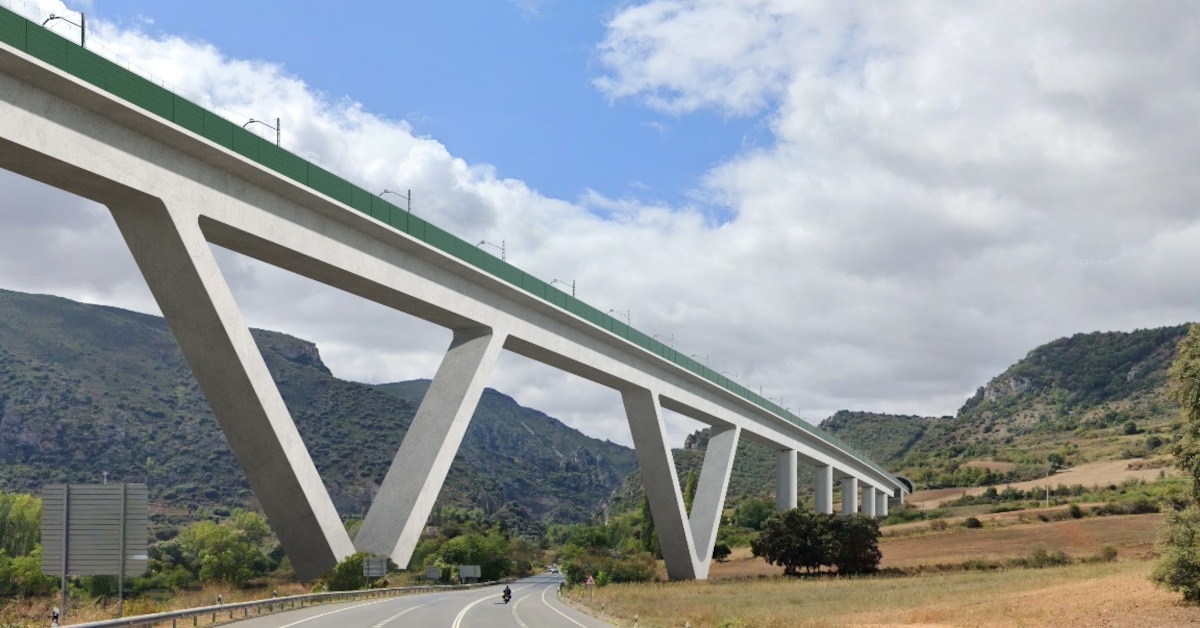Adif Alta Velocidad has awarded the contract for the construction of the first section of the High-Speed Line (HSL) between Burgos and Vitoria for 391 million euros (VAT included).
The contract, which has been awarded to the Ferrovial-FCC-Convensa joint venture, includes the construction of a double-track, standard-gauge track between Pancorbo and Ameyugo, an 8.4-kilometre section located in the province of Burgos. The execution period is 52 months.
Due to the orography, 77% of the route runs through a succession of tunnels and viaducts designed to blend in respectfully with the environment.
Con Trenvista Premium, disfruta de una experiencia sin anuncios y acceso a contenido exclusivo.
Únete por sólo 35€ al año y aprovecha ventajas exclusivas diseñadas para personas expertas en el ferrocarril.
★ Descubre Trenvista Premium
Highlights include the 4 km Pancorbo tunnel and the 1.1 km viaduct spanning the N-1 and La Llosa stream, featuring a unique V-shaped pier design. The route is completed with the Ameyugo I and II tunnels and viaducts over the N-1 and the La Mala stream.
This first section is part of the seven sections of the Burgos-Vitoria high-speed line, which will connect the NRFPV (New Railway Network of the Basque Country, known as the ‘Basque Y’) to the rest of the high-speed network.
